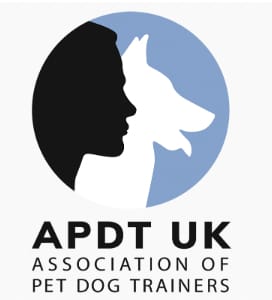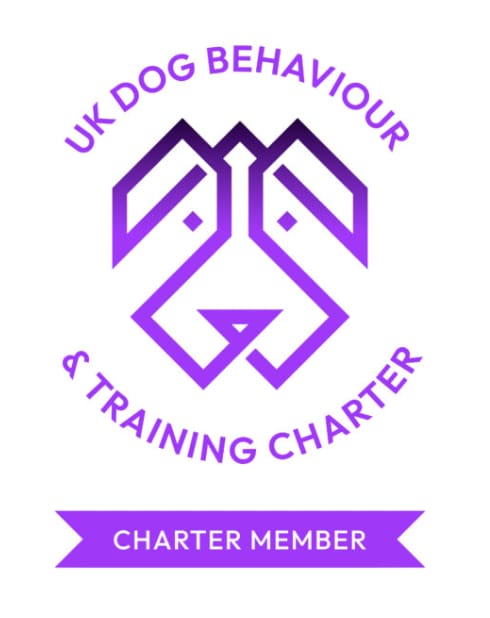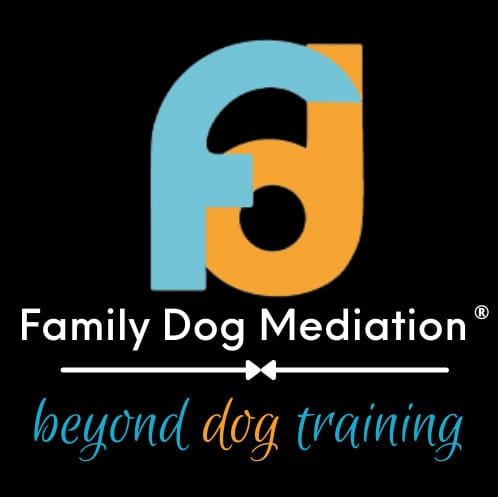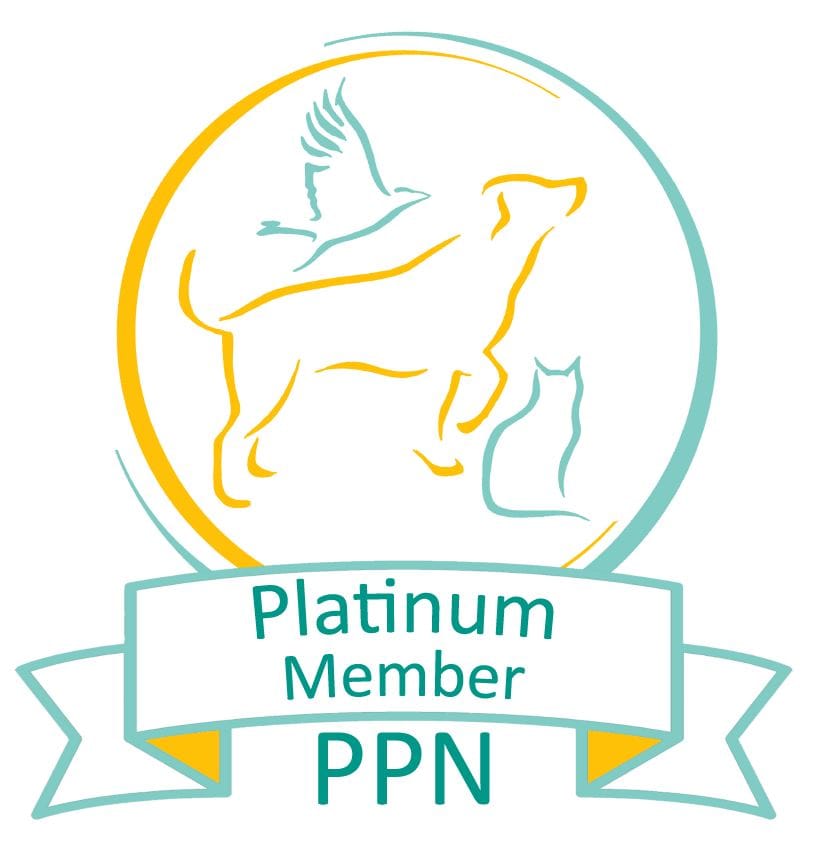Five fun tricks to teach your dog
23/08/2019 - Blog
Dogs need lots of mental stimulation – particularly if injuries or bad weather means that walks are on hold. Here are five fun tricks to exercise your dog’s brain.
Trick training is great fun for dogs and for their owners and it’s also a great way of encouraging the whole family to engage with your dog’s training. Before you start though, there are a few things to remember.
- Start training with short sessions and few distractions
- Break the trick down into stages then begin with easy actions and shape them into more complex tricks
- Be generous with rewards and praise
- Never punish mistakes – no matter how frustrated you feel. Instead, go back to the beginning and start again.
- Consider joining a trick training workshop so that you can both learn the basics.
Target Touch
This easy activity forms the basis of several other tricks and it’s an easy one to teach. Once your dog has mastered this you can move on to some super-fun activities.
Start by choosing and object to be your target. I sometimes use either a wooden spoon with a long handle, but you can use your hand, a pole (make sure the end is protected so that it can’t hurt your dog) or even a post-it note. Have lots of treats in your pocket, and if you use a clicker, have that ready too.
It’s simple. Just present the target at nose height. Dogs are naturally inquisitive, so as soon as your pet puts his or her nose to the target, mark the behaviour with a word (eg “good”) and/or a click followed by a treat.
Remove the object and prepare to present it again once your dog has finished eating. Again, mark and reward the correct behaviour.
After around 10 successful repetitions, your dog will be getting the hang of it. Stop now and move on to something else before he or she gets bored.
A short session once or twice a day for a week should be enough for your dog to understand what you are asking. Be sure to use the same target each time though!
Once you are confident that your dog has perfected the trick so far, introduce a cue. You might use a hand signal, a sound, or a word. I like the word “nose”.
When your dog associates the cue with the action – try moving the target to other places (the floor, a low table, by the door etc)
Round and Round
When you have perfected the target touch, you can develop it into more complicated tricks.
Present your target. As your dog is moves towards it, start to move the target in an arc to encourage Fido to follow it with his nose and turn a circle. This is why I like using a long handled spoon or a stick as a targets – you can shape the circle without intimidating your dog by leaning over him (it’s easier on your back muscles too!)
Don’t expect a full circle first time around but mark and reward even just a single step in the right direction. Gradually shape the behaviour until your dog can manage a complete twirl. Now you can add in a hand signal and/or a cue word such as “round and round”.
Eventually, and with lots of practise you will be able to ask your dog to go “round and round” without using the target at all.
Ring the Bell
This is a great trick that you can develop so that your dog rings a bell to let you know he wants to go outside. Another idea would be to ask your dog to ring a bell before his meal is served – it really helps with impulse control. Remember though, it won’t happen overnight. Teach the bell ring first and then shape the more complicated behaviours.
A dangly jingle bell is ideal for this. Hang it at nose height so that all your dog needs to do is touch it to make a sound.
Place your target very close to the bell and use your cue to encourage the dog to touch it with his nose. If he touches the bell, mark and reward that behaviour.
Keep practising and gradually introduce a different cue signal – eg the word “bell” so that your dog can differentiate between being asked to touch the target and being asked to touch the bell.
Leg Weaves
Here’s Steve Mann from the Institute of Modern Dog Trainers demonstrating the leg weave with Pablo.
Clearly this is not a trick for short owners with tall dogs but if the proportions are right it’s a fantastic way to tire your dog out. Weaving needs lots of concentration!
Seek and Find
Your dog was born to smell! Dogs just love using their noses to investigate objects, learn about their surroundings and yes, find food.
This very basic scentwork exercise allows your dog to use his brains, his body and his nose.
For the first couple of sessions, simply scatter food over a small area – a rug, your lawn or even a snuffle mat.
Then start adding layers of complexity. With your dog out of the room, hide food under upturned cups or cones. Firstly, make sure every cup has a reward beneath it. Bring Fido back into the room and encourage him to investigate. When your dog indicates that he has found something, let him have the reward.
Gradually reduce the amount of cups and food so that only one or two cups have a reward beneath them.
Eventually you’ll be able to replicate that fairground trick where a treat is put under one of 3 cups, the cups are shuffled and the player (ie your dog) has to indicate where the goodies are.
More tricks and games to play with your dog
If you enjoy teaching your dog tricks, you’ll love the workshops run by CK9 Dog Training in Surrey.
Follow the links below to find out more
Trick training workshop – teach your dog to jump into your arms, play dead, ride a skateboard and much more. Details here
Fun and games workshop – for dogs and owners of all ages Details here
Kids workshop – fun activities for young handlers Details here








